Wildlife & Water Conservation
Raritan River Basin
|
NEW ESRI StoryMaps: What's On Our Shelves & NWNL Song Library & No Water No Life ESRI |
Raritan River Basin
Margaret O'Gorman
Director of the Conserve Wildlife Foundation
Alison M. Jones
NWNL Director and Photographer
Peter Berman
Video Producer
Julie Eckhert
Video Editor
In the meeting that preceded this interview, Margaret discussed how open space positively impacts the value of local homes, supports NJ ecosystem services and cleans the water and air. She also highlighted the critical role of environmental conservation in boosting New Jersey’s tourism and eco-tourism – a $2 billion industry. Much of her focus is on endangered species in NJ, including bald eagles, rare butterflies, and a mussel nick-named “Tidewater mucket.”
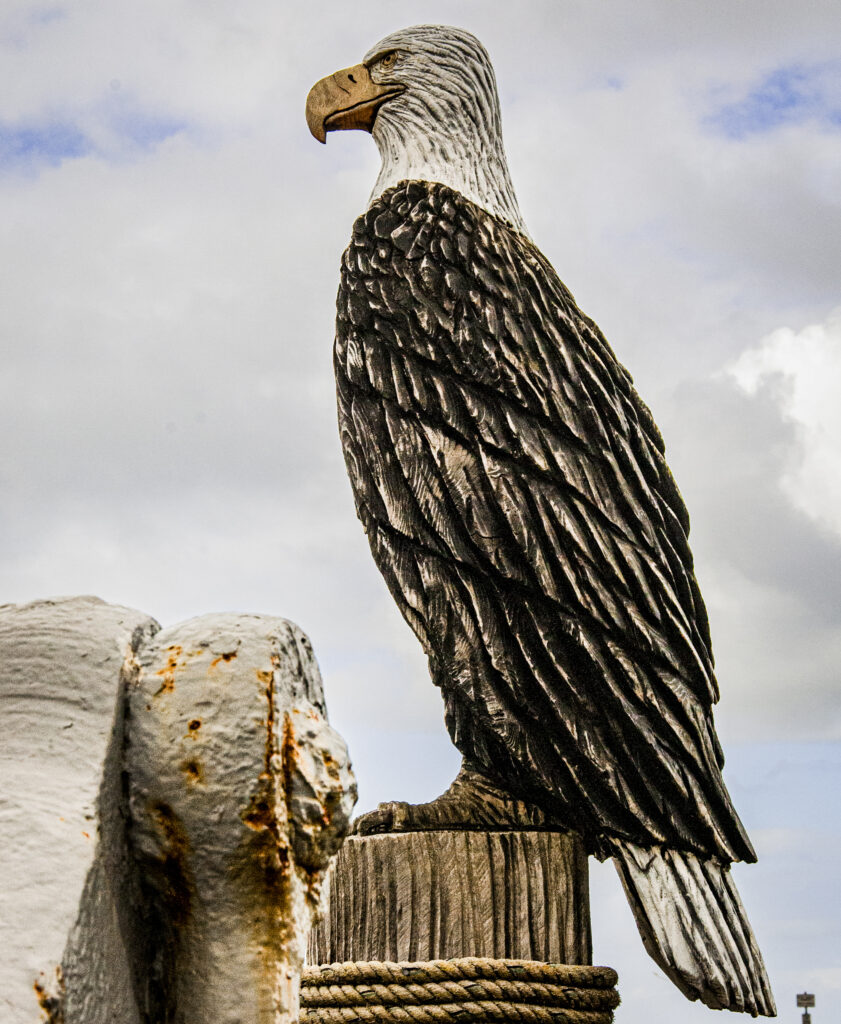
UNHEALTHY WATER BEGETS UNHEALTHY WILDLIFE
IMPROVED WILDLIFE PRESENCE
BEES and BATS
THE HERBICIDE ISSUE – TO USE or NOT?
INVASIVE SPECIES
All images © Alison M. Jones, unless otherwise noted. All rights reserved.
JULIE ECKHERT A first question: Can you explain the connection between wildlife and water quality – as well as water quantity?
MARGARET O’GORMAN Wildlife is our best indicator of the quality of our water. When something is wrong with our water it generally first shows up in our wildlife. A very good example of that was in the 1960s’ when we used a chemical called DDT to get rid of mosquitoes in our state. The applications of that chemical went into our waterways and then into our wildlife, especially bald eagles and other big birds – because they caught fish in our waterways. When they ate those fish, the chemical DDT went into their systems and then caused these large birds to lay eggs that had very thin shells. So, when the bald eagle would hatch its eggs – by sitting on them – it would crack and break the egg, so it would have any young. This led to the decrease of the bald eagle population in New Jersey and many other states. In the 1980s, there was only one pair of bald eagles left in New Jersey — purely due to DDT that went into our water, into the food and then into the bald eagles.
JULIE ECKHERT So, that’s the connection. Does that mean they are an indicator species?
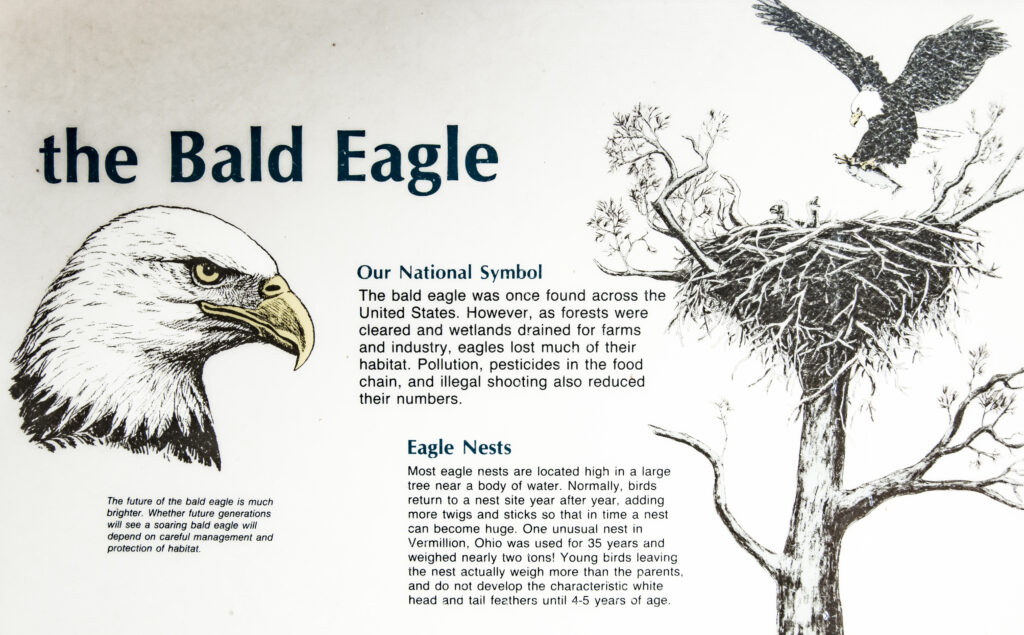
MARGARET O’GORMAN Yes. They’re an indicator species because they are a top predator. The chemicals go into the water; they’re eaten by the little animals and little fish then; they’re eaten by the bigger fish. So the DDT accumulates and that is called bio-accumulation. The chemicals become more intense as it goes up the food chain. By the time it gets to a top predator, like a bald eagle or an osprey, it’s very, very intense in that animal and yes, they’re an indicator species. But the bald eagle is not the only indicator species. It’s a very large and obvious indicator species; but frogs, toads and salamanders are also great indicator species of water quality because they live in the water. When you don’t find any living creatures in the water, you can know that the water is unhealthy. When you find living creatures in the water, you can know that the water is healthy.
JULIE ECKHERT Now that wildlife is returning, at least in the Edison Wetlands, can we then assume that the water quality there is better?
MARGARET O’GORMAN Yes, we definitely can say that the water quality has improved dramatically in the Edison Wetlands, in the Raritan River and most of the other waterways around New Jersey. The fact that there is a bald eagle in the Raritan Basin is really, really something to celebrate; and it says a lot about our water quality.
JULIE ECKHERT So you’re part of this Raritan Basin conference because there is a strong connection between water and wildlife?
MARGARET O’GORMAN Yes. My reason for being here is to remind people that, while people need open spaces and healthy water, wildlife also need open spaces and healthy water. Habitat for wildlife is very important. We can live in apartments, we can live in big houses, we can live in small house. But wildlife species have very specific needs. A bald eagle needs a tree that’s 40 feet high and a body of water nearby. A salamander needs a pond – plus, it can’t do what it needs to do in a salty pond. It needs a freshwater pond. So, because wildlife has such specific needs, we need to be very cautious when working in our environment.
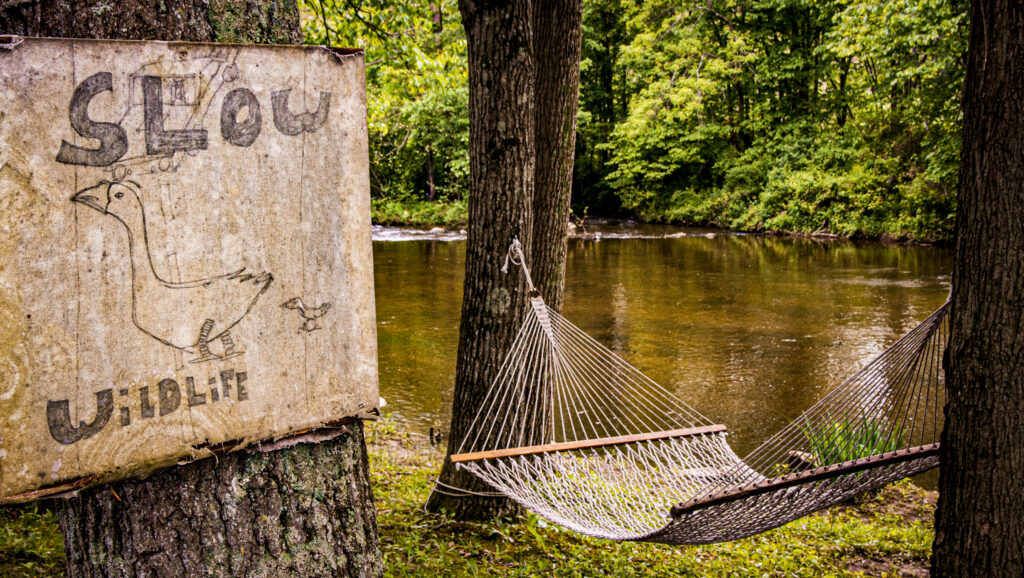
JULIE ECKHERT And an even more basic question. Why should we care about wildlife?
MARGARET O’GORMAN Well, there are several answers to that. The first answer you could call a spiritual response: our lives are enriched by wildlife. Our lives are enriched by being able to see birds around us and to being able to hear frogs in the spring and various other animals. That’s a very spiritual answer. A practical answer as I said, wildlife are indicator species. They tell us when something’s wrong before we know that it’s wrong. Also, wildlife can match your communities. Wildlife and plants can be very beneficial to humans.
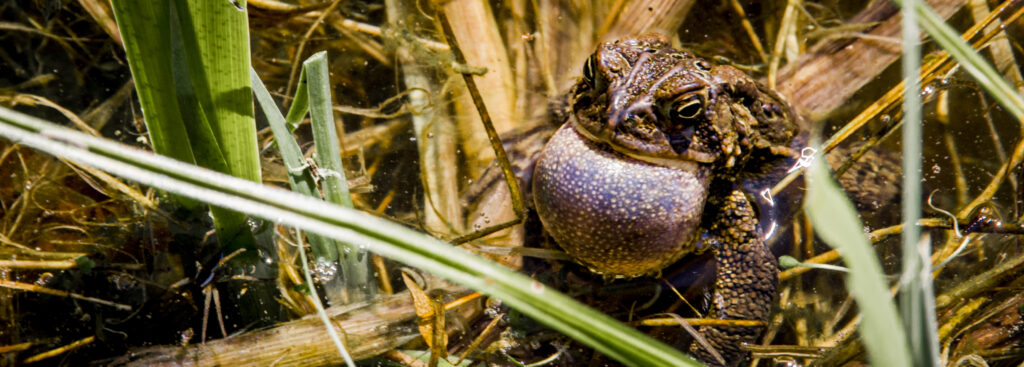
Our bat population in New Jersey helps farmers use less chemicals on their lands because they eat moths and other insects farmers don’t want to have in their crops. Our bees, of course as you know, are very important pollinators. So, our wildlife is beneficial. They’re also beneficial in ways that help us medically. The blood of the horseshoe crab that lives in New Jersey is used to test every drug that we take for toxicity. So, without the blood of the horseshoe crab, they’d probably have to use something else to test these drugs which would make them a lot more expensive. So, wildlife is beneficial right the way through from health benefits to spiritual benefits.
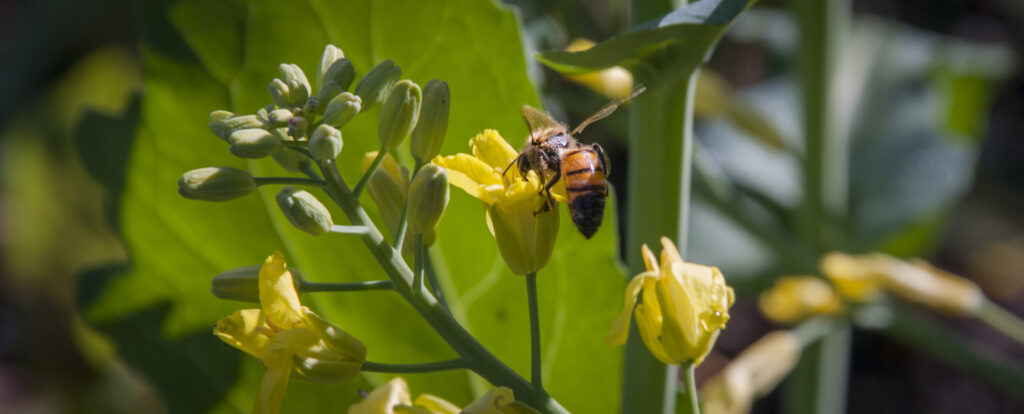
ALISON JONES What do you know about the genetic alteration of some of the fish in the Raritan River? I’ve heard about fishermen catching catfish with one eye?
MARGARET O’GORMAN Yes, species that live in the water, salamanders as well as reptiles, amphibians and fish, tend to be damaged quite easily because of the way they interact with the environment that they live in. Think of the water basically as “air “for fish, and their living in polluted air that would damage them as much as it does us.
In the bays around New Jersey, scientists have documented many heavy metals and chemicals that are impacting fish populations. They’ve also seen that happen in frogs.
Frogs are being born with birth defects, basically due to polluted rain-water issues and other water issues that create unhealthy water.
ALISON JONES Let’s discuss further the improvement in today’s wildlife populations in this watershed. You said in the 1980s, there was one pair of eagles left, but now more. What are the animals, the species that have come back or increased? And do you know what the specific numbers are?
MARGARET O’GORMAN In the 1980’s there was one pair of bald eagles living in New Jersey. That pair was in South Jersey on land that was slated to become a quarry. So, the state bought that land and started to manage the nest. This year – about ¼ of a century later – we are tracking 85 bald eagle nests in New Jersey! So, the success of the New Jersey population recovery shows that it can happen.

The great blue heron that we see all over the place now was a “protected” species many years ago. That has now recovered because of improvements in the water quality. The Peregrine falcon was completely what we call “extirpated” from New Jersey which means it no longer existed within the state. There were no Peregrine falcons east of the Mississippi in the 1930’s and 1940’s. Today, we’re tracking 20 pairs of Peregrine falcons in New Jersey. I think two pairs live in the Raritan Basin. So in those terms, we’re seeing great resurgence of the animals. They are animals that were impacted by water health and water quality.
ALISON JONES I’ve been involved recently in discussions going on in the Upper Raritan about the bees and colony collapse. Can you explain colony collapse and how much of that might be caused by pesticides or herbicides. It seems quite a problem for the bees.
MARGARET O’GORMAN Bees and bats are two population groups that are very beneficial to humans. Without bees, we could not grow the intensity of crops that we need to grow, because we need bees to take pollen from flower to flower to make sure that the fruit and the crops grow. Bees live in colonies – and a couple of years ago, those colonies started to “collapse,” which means that the bees either left their hives or all the bees died in their hives.
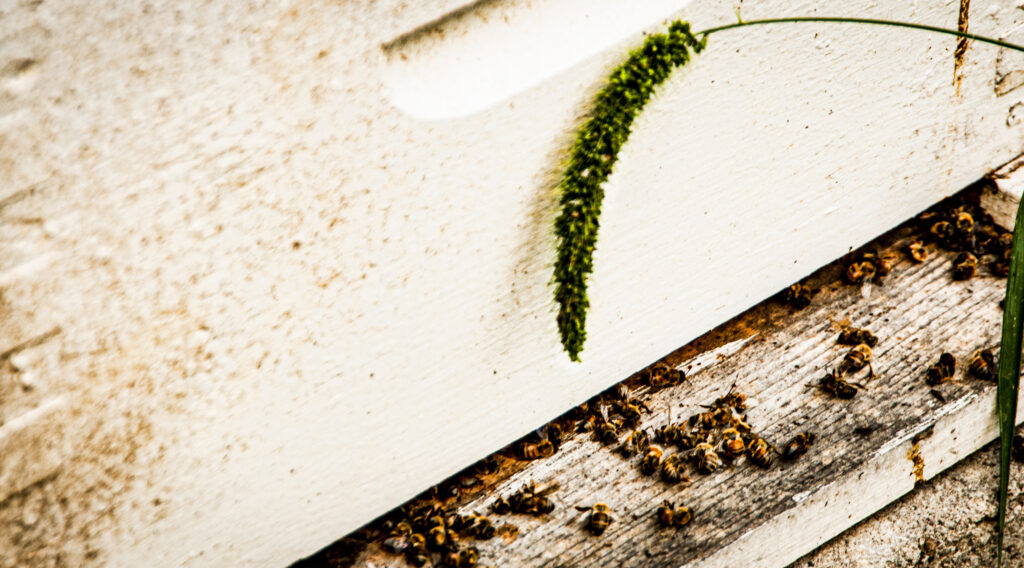
Nobody has ever found out why, and there’s no scientific reason that they have proven. There are many theories. The possible causes range from chemicals the farmers put on their lands to the increase in wireless communication, which may have messed up the bees. We don’t know what it is.
Simultaneous to the bee colony collapses, we’ve seen a huge problem with our bats. Bats have been infected with something that we’re calling “White Nose Syndrome,” which has about an 80% mortality rate in hibernating bats. That mortality rate means that 80% of all the bats will die from this disease. In New Jersey, bats hibernate in caves. There is a cave in northern New Jersey where 30,000 bats have traditionally hibernated. This year, we found only 750 bats there. So, this is a very serious issue.
Putting together the colony collapse in bees and White Nose Syndrome in bats…, well, we don’t know where these diseases come from. Both those diseases moved quickly through their populations. The White Nose Syndrome was found two years ago in New York State. It has come down as far as South Carolina this year. It’s taken 2 years to spread ;and the same with the bee collapse. It’s spread just as rapidly.
On the good news side, people are saying that the colony collapse in bees is currently reversing itself, and that the bees are coming back. We’re seeing in south Jersey that certain bee colonies are coming back and having more success there. But, as I said, we don’t know what causes these things. It could be chemicals. It could be what we do. It could be global warming. It could be anything – we’re still looking into it. At this moment, people are still examining the white nose syndrome quite closely.
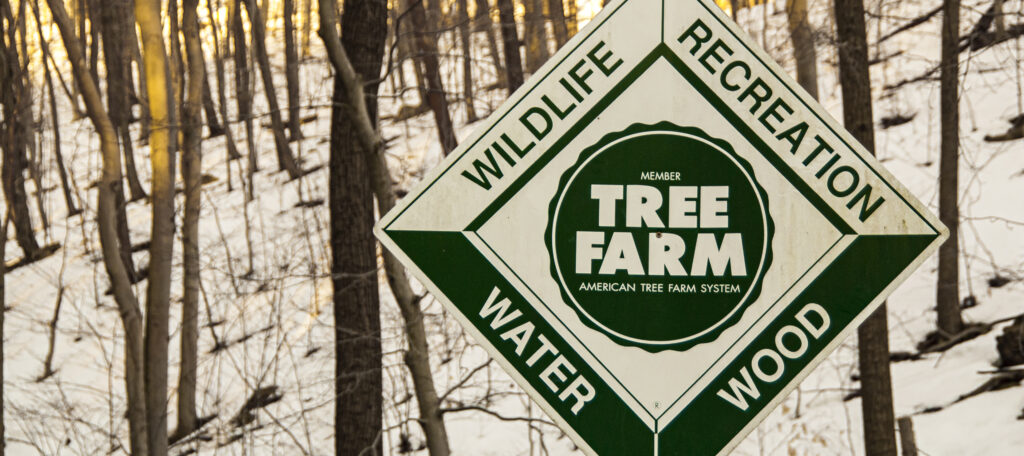
ALISON JONES An issue I’ve delved into the last week or so in the Upper Raritan is about New Jersey Audubon working with URWA (The Upper Raritan Watershed Association) to acquire land and plant it in native grasses. Are you aware of this?
MARGARET O’GORMAN Yes.
ALISON JONES I understand they plan to replace the timothy that farmers have been using. There’s an outcry among some landowners there about Audubon’s coming in and using herbicides. But I’ve also heard from other sources that the timothy farmers were using herbicides too. Do you have any sense of what’s happening there?
MARGARET O’GORMAN Well, I can imagine we do the same as Audubon. We plant warm season grasses which are native grasses because the grassland species of birds – bobolinks and Henslowe sparrows – prefer those grasses for nesting. But those grasses are also more suitable for the mowing regime needed for those birds to breed successfully.
ALISON JONES But what happens is that the farmers now can only mow once per season rather than twice per season which they were doing with timothy.
MARGARET O’GORMAN Yes, they can only mow once per season, but they get a higher biomass from what I’ve heard. The biomass that comes out from the warm season grasses contains more cellulose and is more valuable. Troy Ettel, the guy from New Jersey Audubon, is the expert on this and is here today,
MARGARET O’GORMAN Now, do we use herbicides when we do habitat restorations? Yes, but we use herbicides that we know are not damaging to the ecosystems because they break down before they get through the ecosystems. So, there are chemicals that can be used safely – and we certainly use them. on advice from the U.S. Fish and Wildlife Service. They are the people who really know about what herbicides work, and what herbicides don’t.
When we look at the biggest threats to our habitat, we need to consider the threat of invasive species. There are many ways to get rid of them, such as biological controls. But sometimes an herbicide is the only way to get rid of an invasive species.
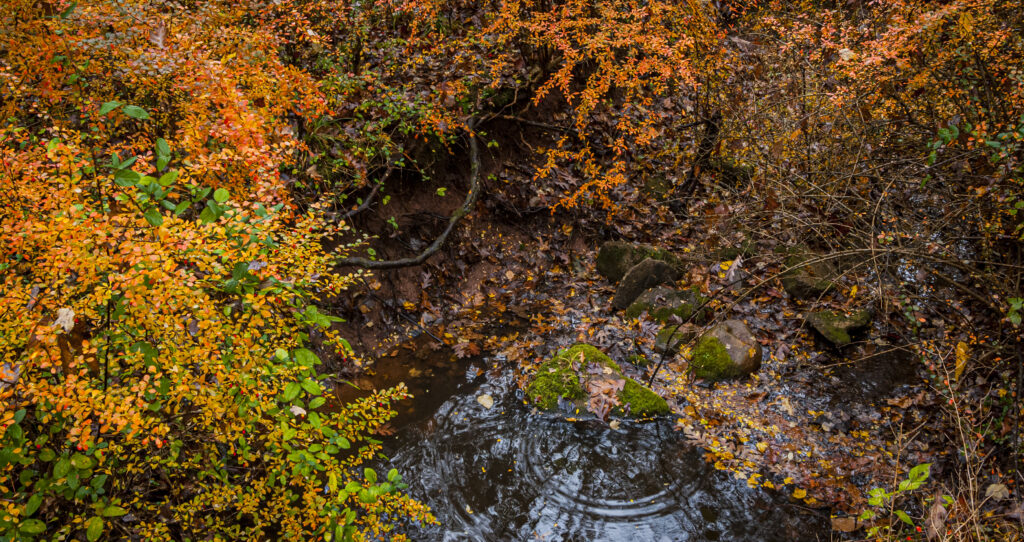
We class species as an invasive if it does not support native wildlife, such as phragmites that we find in masses around the Raritan Bay. We find barbery and Japanese knotweed in our understory in the woods. These don’t support native wildlife and habitats and that’s why we must try and work to get rid of them. We do use herbicides to do that.
ALISON JONES Margaret, the lunch break is over and the conference resuming, so we must end our conversation here. Thank you very much for your time today and all that you do for the Raritan River Basin’s wildlife.
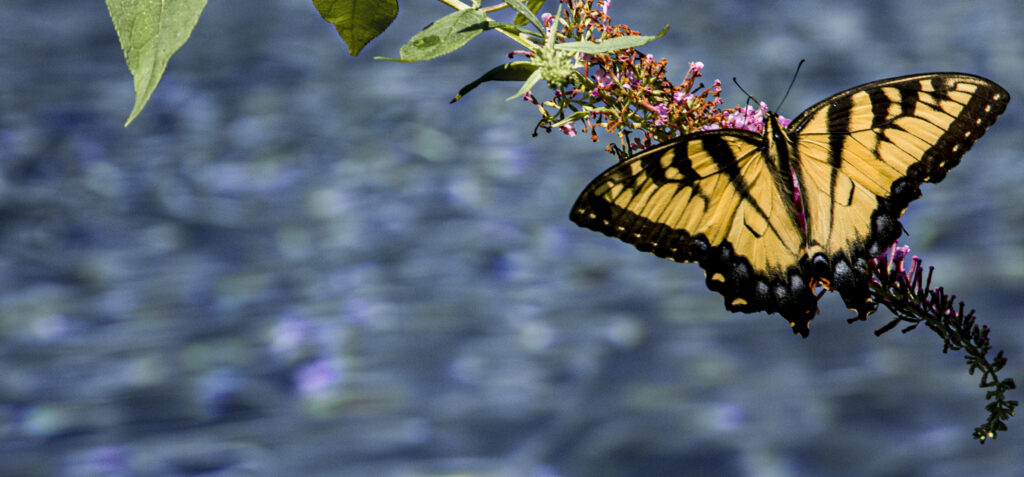
Posted by NWNL on January 15, 2024.
Transcription edited and condensed for clarity by Alison M. Jones.
All images © Alison M. Jones, unless otherwise noted. All rights reserved.
